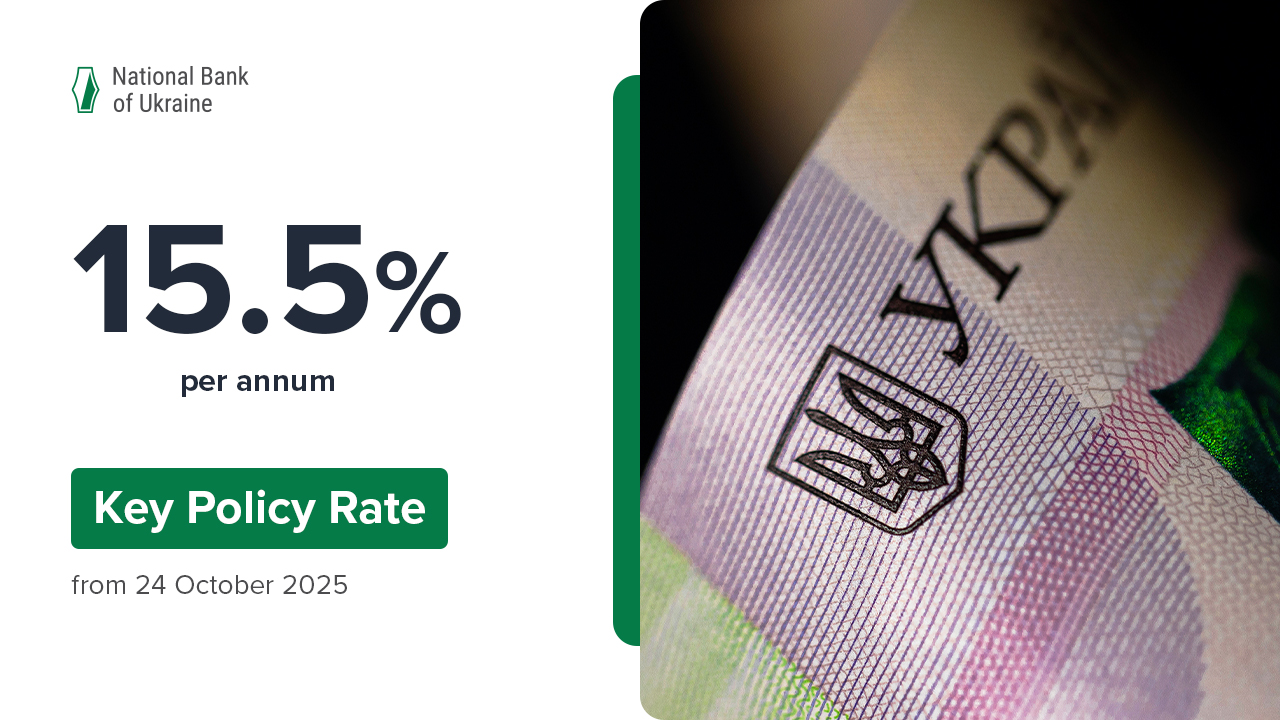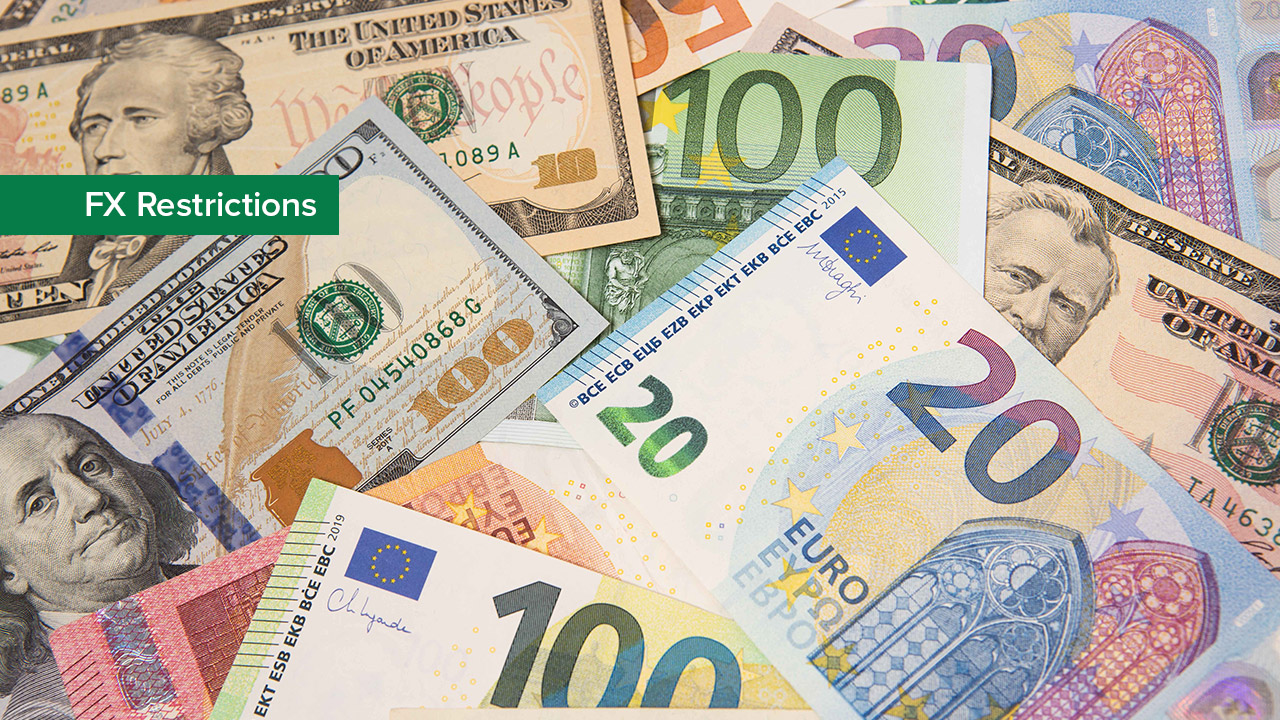In January 2019, consumer price inflation declined to 9.2% from 9.8% in December 2018. In monthly terms, prices grew by 1.0%. This is according to data released by the State Statistics Service of Ukraine.
Actual inflation in January was very close to the projected trajectory published in January 2019 Inflation Report.
- In January, Core inflation decelerated to 8.3% yoy.
In January, the rate of growth in the prices of services slowed to 14.2% yoy. In particular, prices grew slower for catering, tourism, healthcare, insurance, financial, and housing maintenance services. Meanwhile, prices for entertainment and sports, dry cleaning and Internet grew faster, pushed by consumer demand and further growth in production costs, including the cost of labor.
Growth in the prices of nonfood products continued to slow as well (to 3.4% yoy), primarily due to the strengthening of the hryvnia. Specifically, prices for home appliances, furniture, pharmaceuticals, clothing, and footwear grew at a slower pace. At the same time, prices for motor vehicles did not change from January 2018, while prices of TVs and computer equipment even decreased.
The annual growth in the prices of highly processed foods (9.5%) remained practically unchanged from December. Specifically, the slowing of growth in the prices for meat products balanced out the acceleration of growth in the prices of cheese and fermented milk products – a reflection of similar trends in external markets.
- Raw-food prices accelerated their growth in January (to 4.0% yoy). On the one hand, the prices of borsch vegetables continued to increase rapidly, as the weather did not facilitate their proper storage. Flour prices continued to grow fast, driven by price developments in external markets. On the other hand, fruit continued to decline in price, thanks to the bumper harvest. Egg prices were down substantially.
- The growth in administered prices sped up (to 18.7% yoy), as expected. In January, billing rates for heating, hot and cold water supply, sewage, and telephony increased. Higher excise taxes were levied on tobacco products. The cost of passenger transport by railway started to grow at a faster pace after related services became more expensive. Along with this, the annual rate of growth in the prices of bread and alcoholic drinks remained unchanged.
- Fuel prices went down (by 1.9% yoy), thanks to a fall in global oil prices in earlier months and the strengthening of the hryvnia.
The current CPI and its components’ reading reflects the eased inflation pressure, which is in line with NBU projections published in its January 2019 Inflation Report. The regulator expects that a tight monetary policy will help lower consumer price inflation further and bring it back to the target range of 5% +/- 1 pp in the mid-term.








